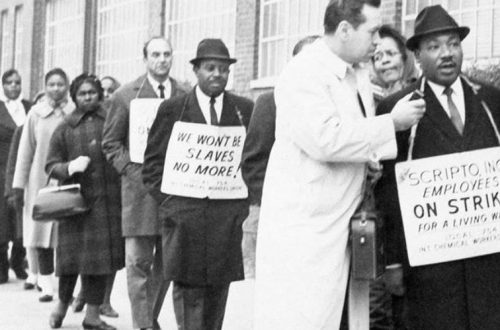There has been a resurgence of grumbles about ‘facilities time’ recently. This is the widely accepted practice that allows some employees to have a certain amount of paid remission from their usual work in order to carry out union duties. Here is a link to a paper setting out some of the advantages facilities time brings to both workers – and employers. Here, for example, is a quote from a manager.
Merseytravel’s Director of Corporate Development, said: ‘We greatly value the contribution made by union reps and the relationship that managers have with them. Management and reps have worked together on improving the skills of our workforce, significantly improving the professional profile of the workforce as well as the life skills of the individuals involved. This has helped make our organisation a safer place to work and created a culture in which management and unions work together productively to meet the challenges we face. We regard the cost of paid time off as an investment on which the organisation has had a significant return, reducing sickness and grievances, supporting succession planning and improvements to customer care.’
People sometimes tend to focus on the more headline grabbing aspects of unions, most obviously industrial action. But union branches also help members, and indeed whole organisations, through, for example, attending to health and safety or equality issues. The union could be said to act, at times, as a kind of ‘critical friend’, sorting out problems before they get out of hand, perhaps potentially preventing the need for an industrial tribunal. It isn’t, or isn’t always, a zero sum game, and happier, fitter staff are likely to be more productive.
Here’s another reason for supporting facilities time. Many unions seem to be dominated by those on the far left, those with an agenda to push which may have nothing much to do with members’ interests. Cutting down on facilities time might increase the likelihood that the unions are dominated by zealots, whom nothing will stop attending meetings or going to conferences, whereas allowing facilities time may encourage more average union members, whose main focus in in fact their work, to get involved too.
